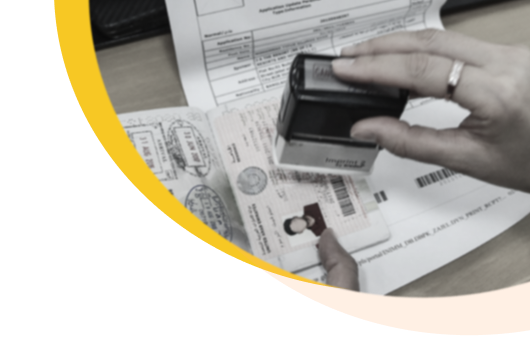1 of 14

2 of 14

3 of 14

4 of 14

5 of 14

6 of 14

7 of 14

8 of 14

9 of 14

10 of 14

11 of 14

12 of 14

13 of 14

14 of 14











